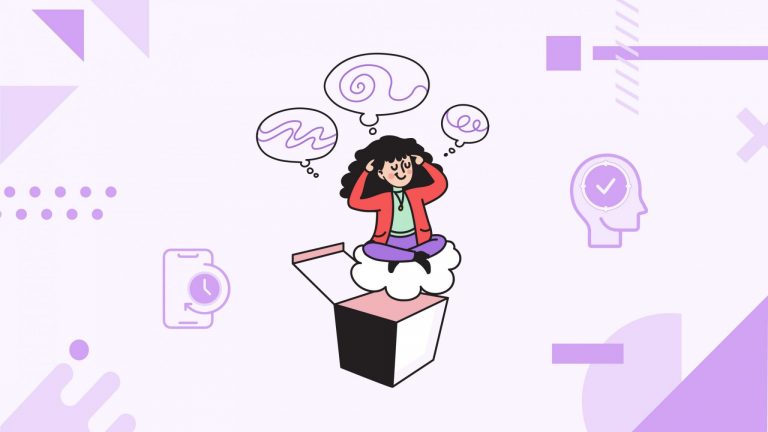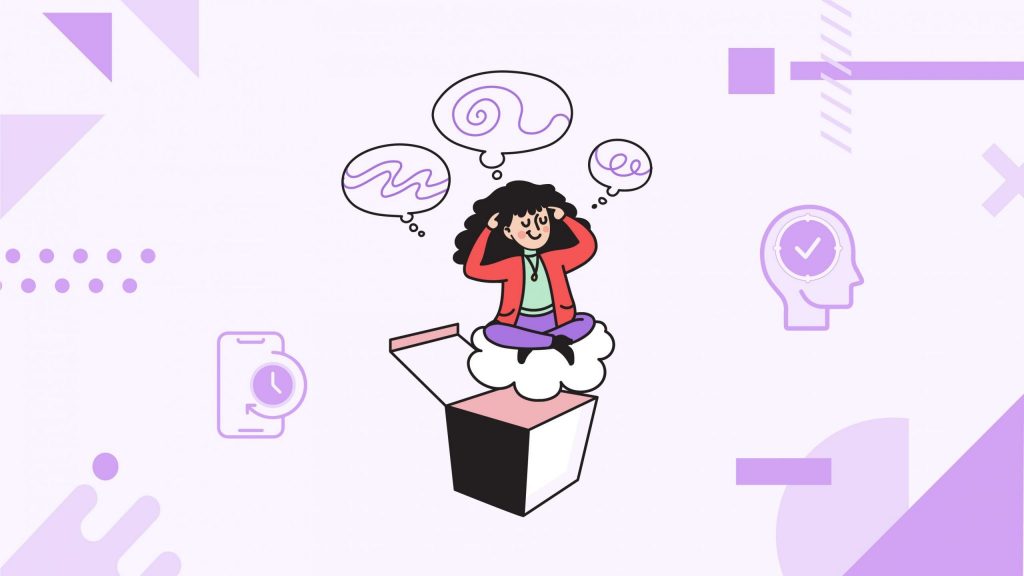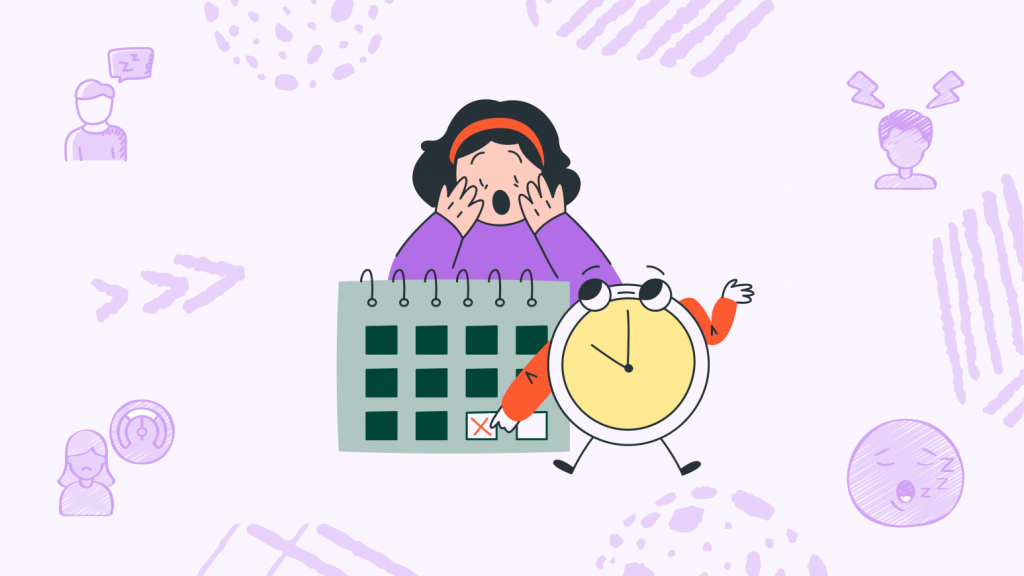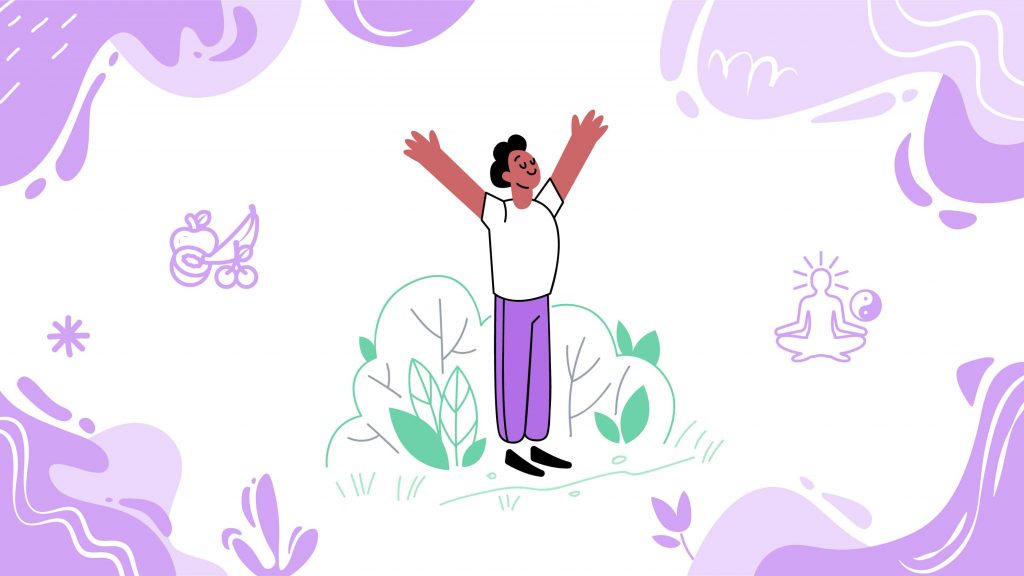Unraveling the Challenge of Concentration
In today’s digital whirlwind, keeping your focus can feel like trying to keep a candle lit in a storm. Every notification from your phone, each new email that lands in your inbox, is like a gust of wind threatening to blow it out. We’re surrounded by devices that buzz, beep, and blink, pulling our attention in a million directions. It’s no wonder it feels like an uphill battle to concentrate on a single task for more than a few minutes.
This constant digital interruption isn’t just a minor annoyance—it’s reshaping how we work and live. The incessant flow of information can make us feel like we’re drowning in data, leading to a drop in productivity and a spike in stress levels. We end up feeling frazzled and scattered, often ending the day wondering, “What did I actually accomplish?”
Navigating this maze of distractions requires more than just good intentions; it demands a strategic approach to reclaim our mental space and enhance our capacity to focus. Without it, we’re at the mercy of every digital whim, leaving us feeling perpetually overwhelmed and underachieving.
The Neuroscience Behind Productivity
Ever wonder why it’s so hard to ignore that buzzing phone or resist the allure of a new email notification? Let’s dive into what’s happening under the hood: your brain. At the core of our concentration challenges is the prefrontal cortex, our brain’s master of ceremonies when it comes to focus and decision-making. This area is incredibly adept at juggling tasks… up to a point. When bombarded with endless digital pings and pop-ups, it can quickly go from competent conductor to overwhelmed orchestra member. The result? Our concentration crumbles.
But here’s where it gets really interesting: our brains are not just struggling; they’re also getting a little kick out of the chaos. Enter dopamine, the star player in your brain’s reward system. Dopamine is often triggered by new and novel experiences, which is great for learning and exploration but not so great when you’re trying to focus. Every time you respond to a notification, dopamine gives you a pleasant little reward, making these interruptions feel oddly satisfying, despite their disruptive consequences.
This neurological setup means that in our modern world of constant connectivity, our brains are primed to seek out and revel in the very distractions that undermine our productivity. Understanding this can help us strategize better ways to manage our environment and reclaim our focus.
Subscribe to newsletter
Get your Gut Health Starter Guide right now.
Elevate your Tuesdays with practical, science-backed wisdom propelling you forward on your gut health journey.

How to Focus Better
Battling the barrage of distractions requires more than just good intentions; it demands a solid game plan. Here are some robust strategies to help fine-tune your focus and carve out clarity amid the chaos:
- Structured Breaks: Embrace the Pomodoro Technique. Break your workday into 25-minute chunks of focused effort followed by a 5-minute break. This not only respects your brain’s natural attention span but also provides regular recovery periods to recharge and refocus. It’s about working with your brain’s natural rhythms, not against them.
- Digital Detox: Designate specific times for email and social media checks. By batching these activities, you reduce the frequency of distractions and help your prefrontal cortex to build stronger resistance against the incessant pull of digital pings. Think of it as training for your brain—building up its strength to push back against digital interruptions.
- Mindfulness and Meditation: Dedicate time daily to mindfulness practices. Whether it’s through guided meditation, breathing exercises, or simply a few minutes of silent reflection, these practices enhance your brain’s executive control over attention. Over time, this not only improves your ability to concentrate but also decreases stress levels.
- Notification Management: Take control of your notifications. Turn off non-essential alerts across your devices to minimize interruptions. By selectively choosing what can interrupt you, you’re setting boundaries that help maintain focus.
- Physical Environment Tweaks: Organize your workspace to reduce clutter and distractions. A tidy, designated work area can promote better mental clarity and less visual distraction, making it easier to stay on task.
- Cognitive Load Management: Be mindful of your cognitive load. Try to tackle high-priority or complex tasks when your brain is freshest, such as early in the day. Keeping a to-do list can also help offload the mental burden of remembering tasks, freeing up cognitive resources for actual task execution.
A Personal Journey to Reclaimed Focus
Dive into Tom’s transformation, a 38-year-old software developer who revolutionized his ability to concentrate in a distraction-filled world. “My job demands intense focus, yet I was constantly derailed by notifications and emails,” Tom shares. To combat this, he integrated the Pomodoro Technique into his workflow—25 minutes of undisturbed work followed by a 5-minute break. He also designated specific times for checking emails, which drastically cut down on interruptions.
But Tom didn’t stop there. He introduced mindfulness meditation into his morning routine, a change that not only diminished his stress but also noticeably sharpened his focus. “Starting my day with meditation sets the tone for a calmer, more centered presence throughout the day,” he explains.
Tom’s commitment to these strategies yielded profound benefits beyond mere productivity. “It’s not just about getting more done; these changes have enhanced my overall quality of life. I’m more present and engaged, both professionally and personally,” he notes.


















